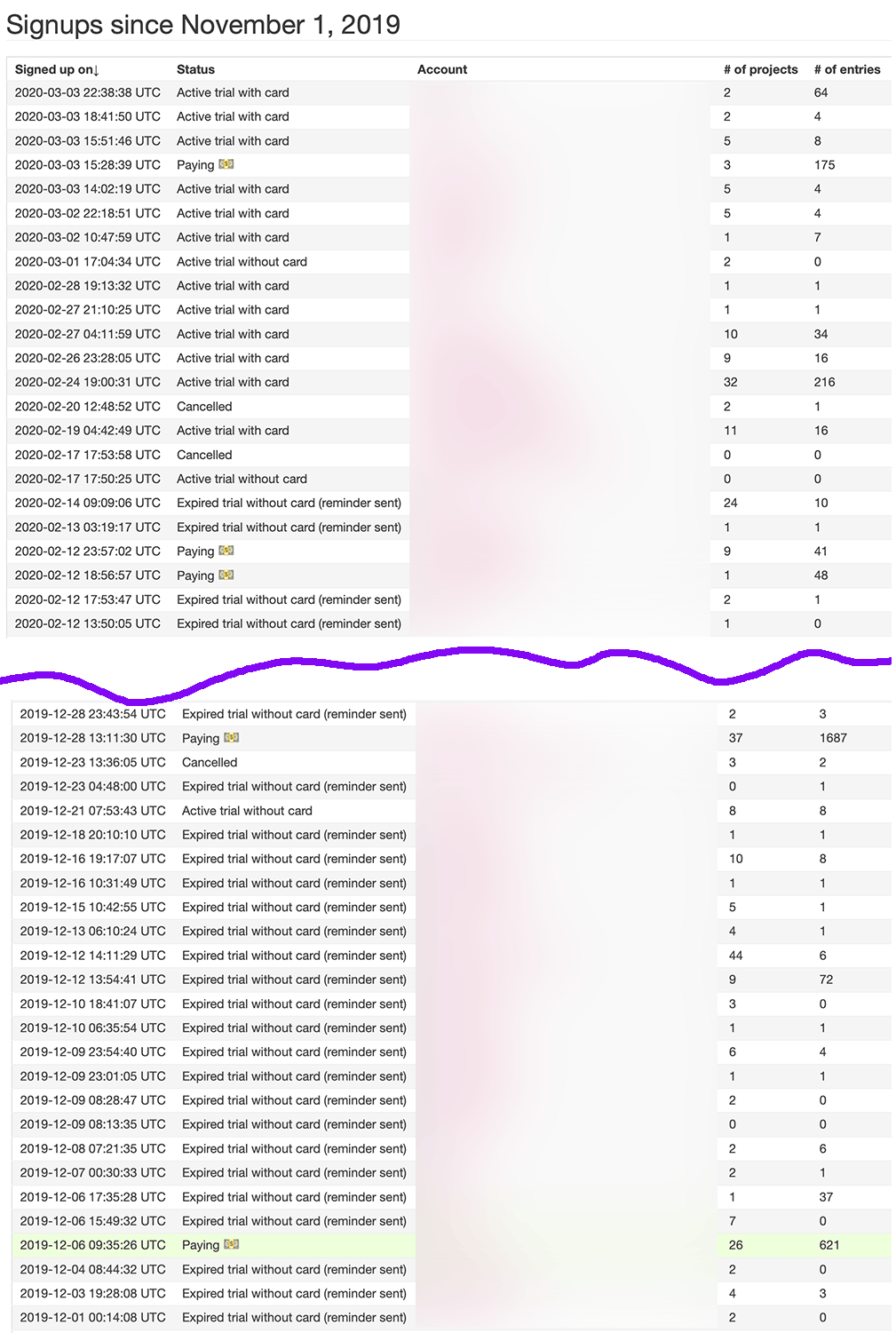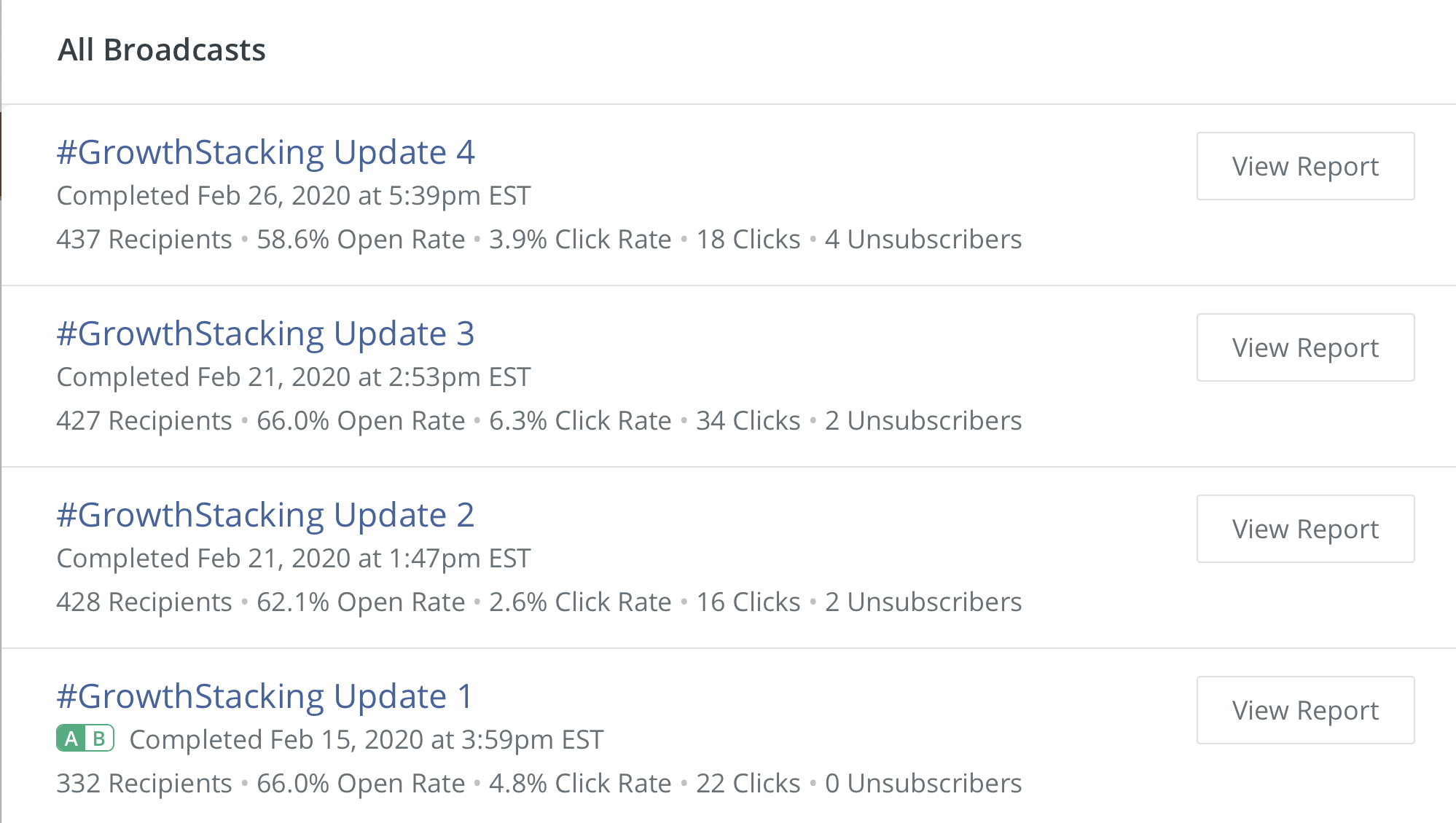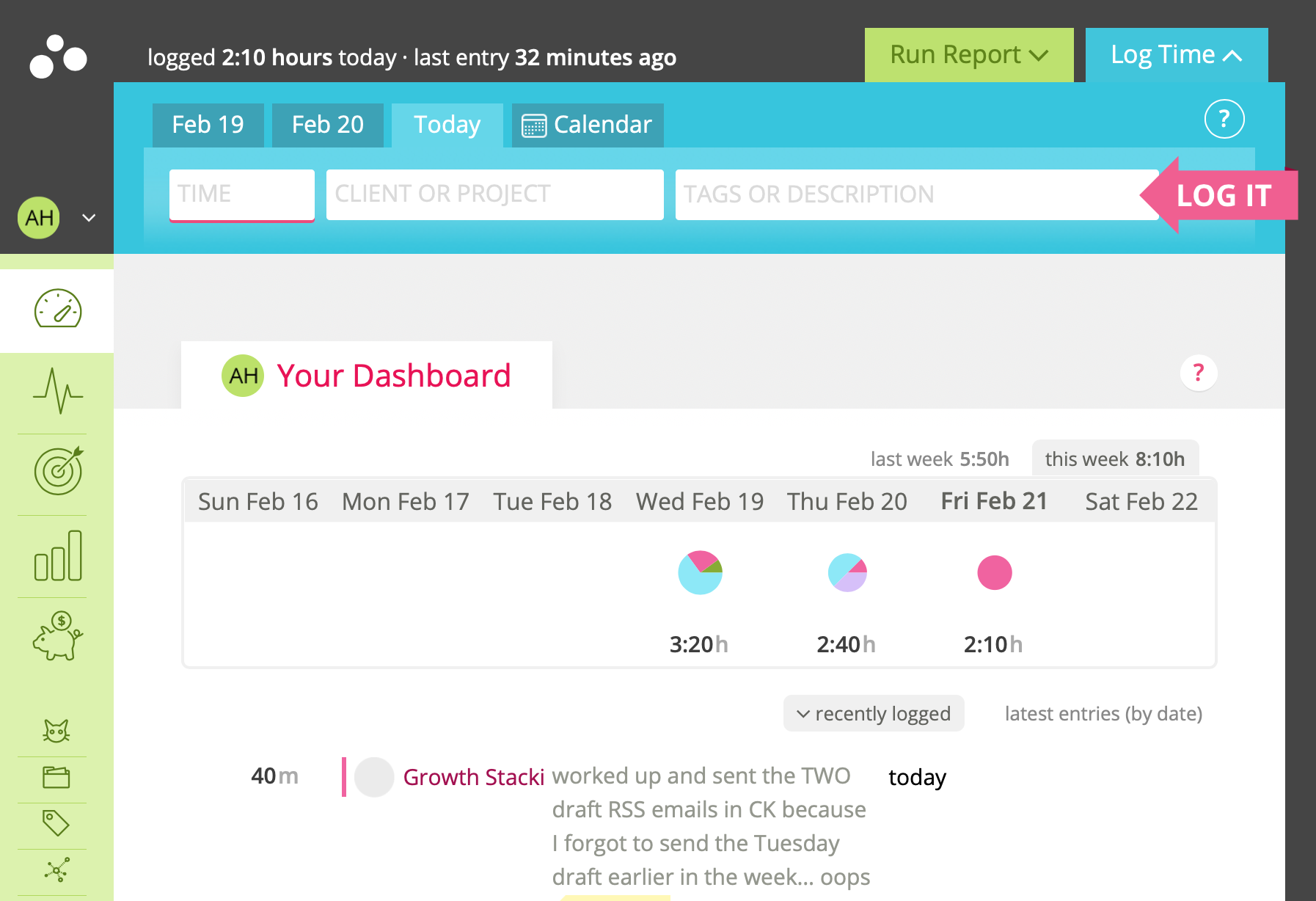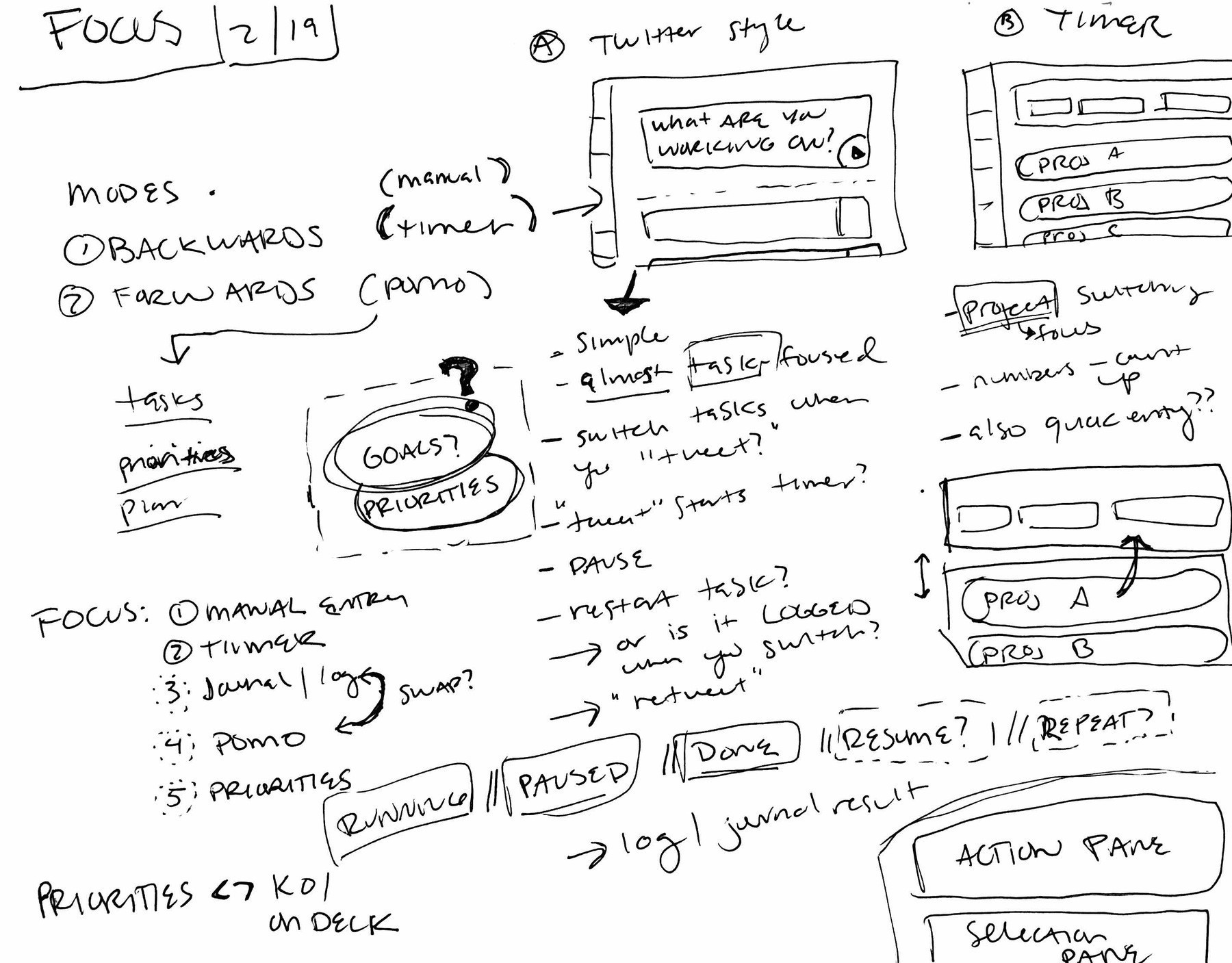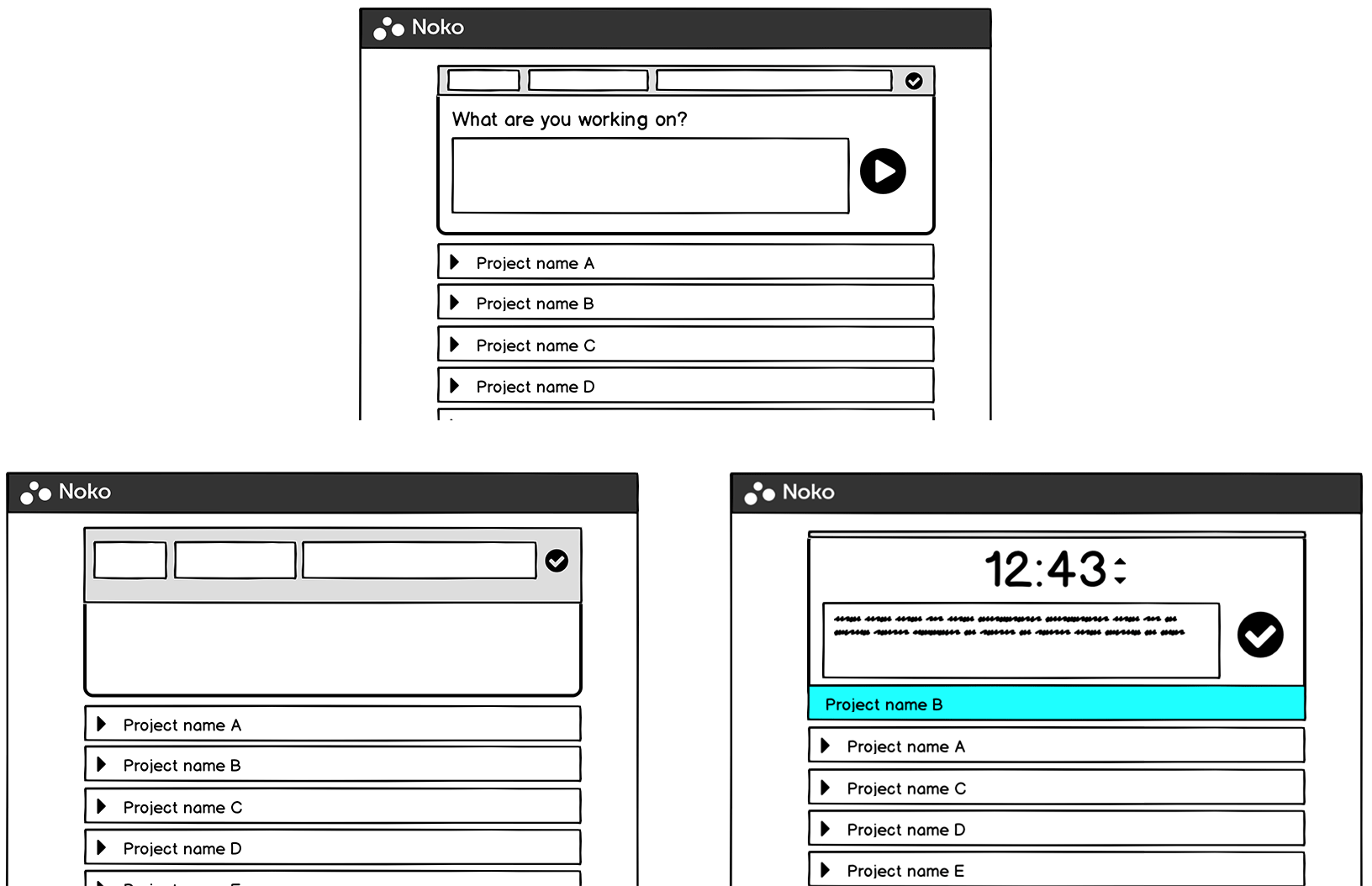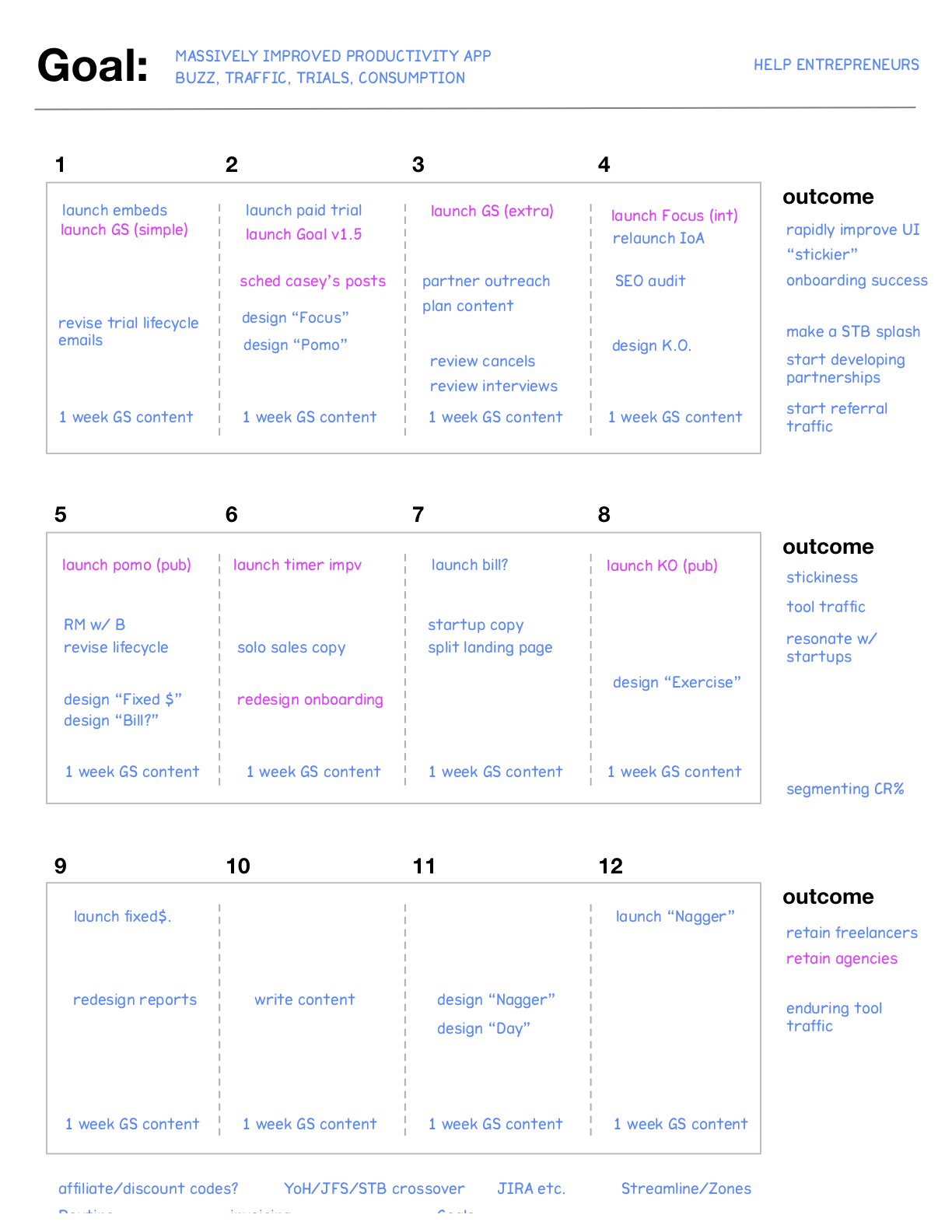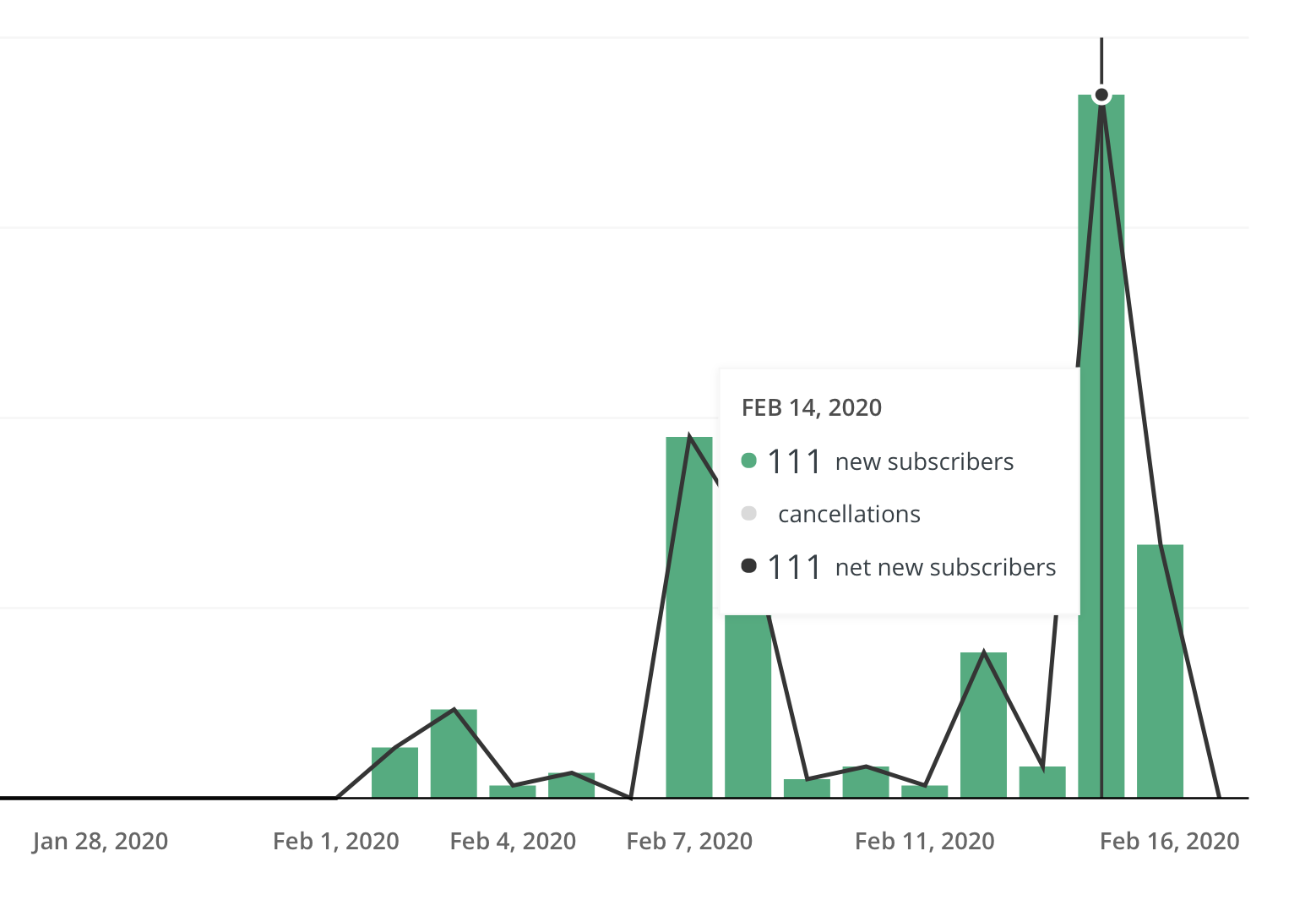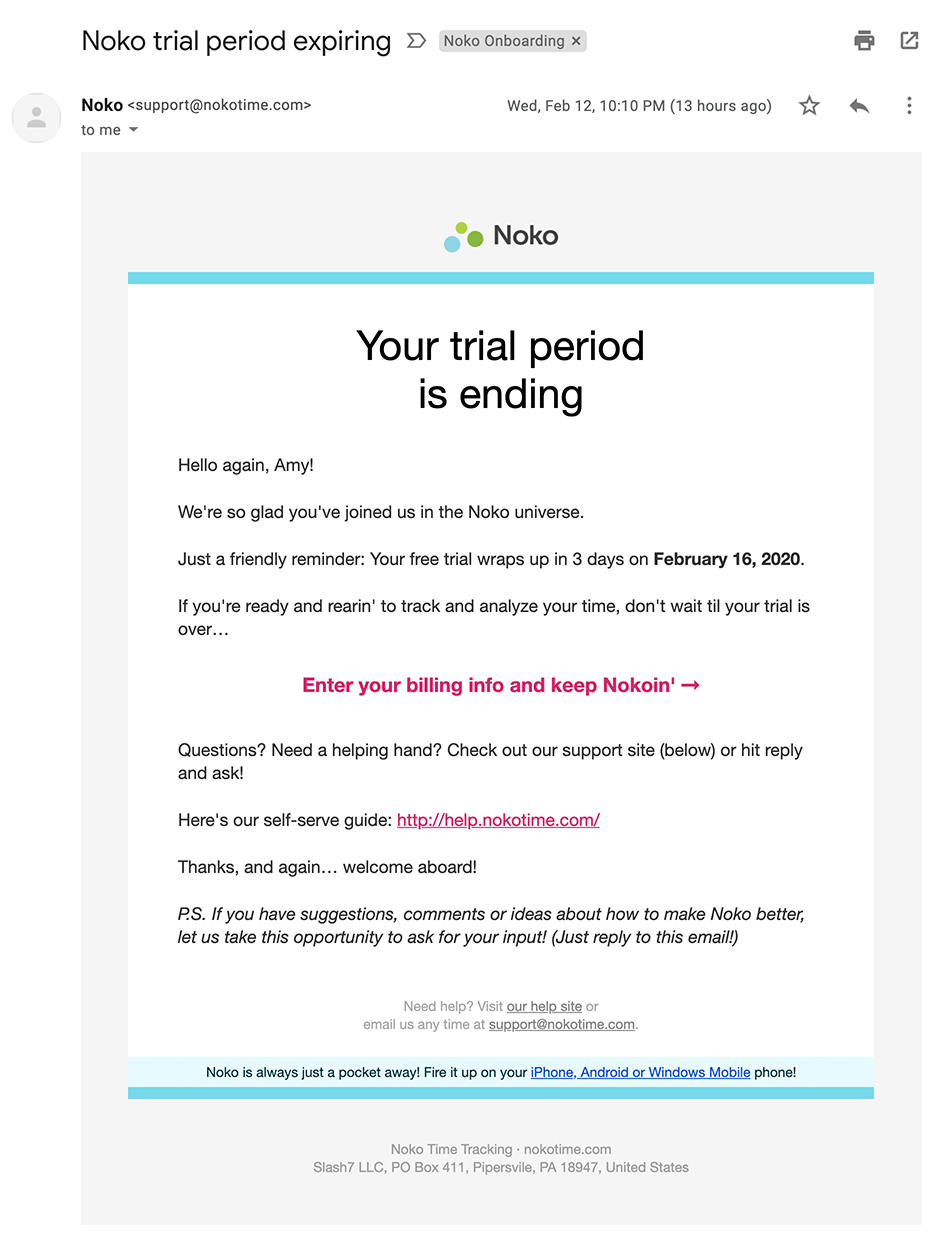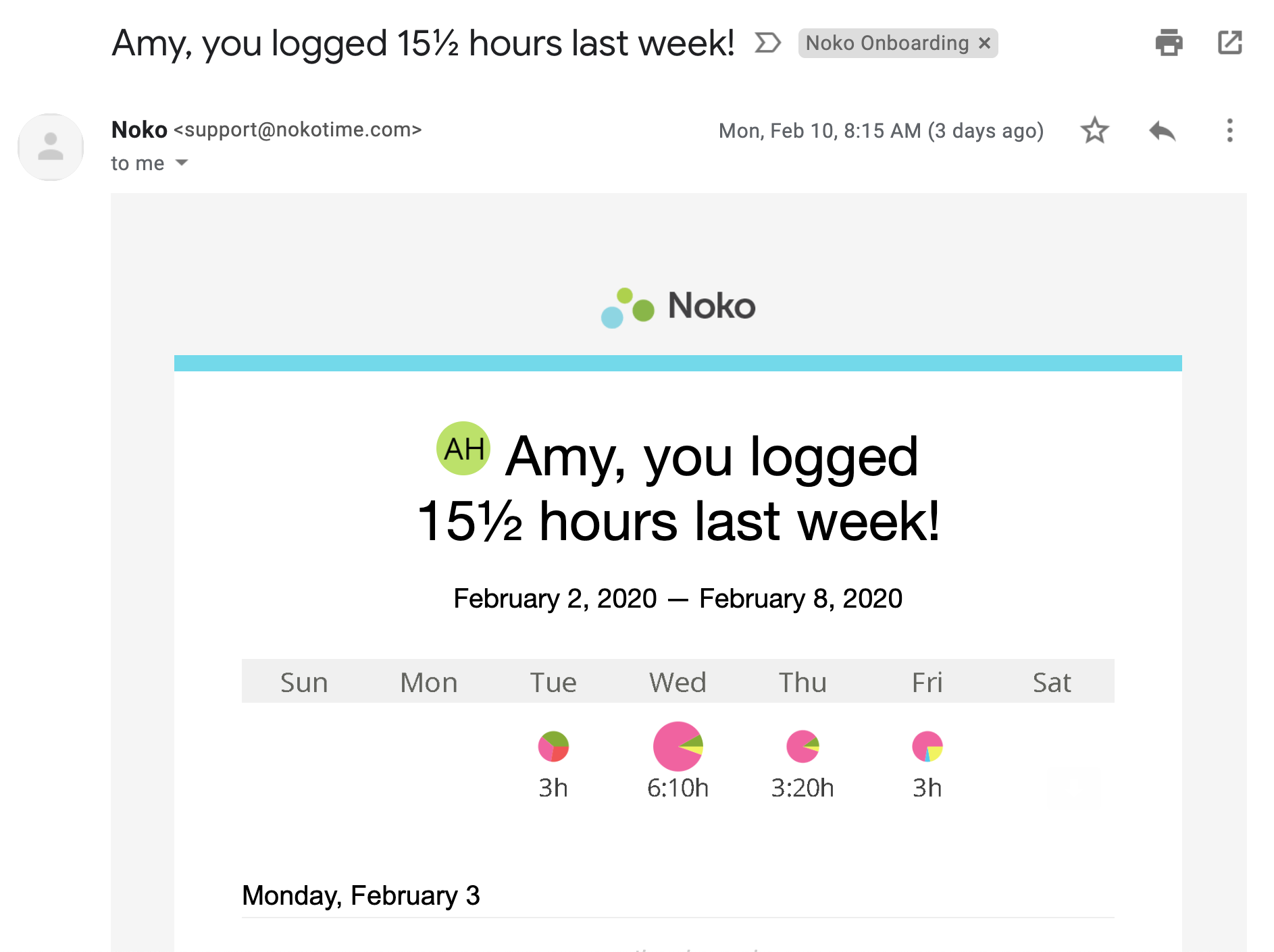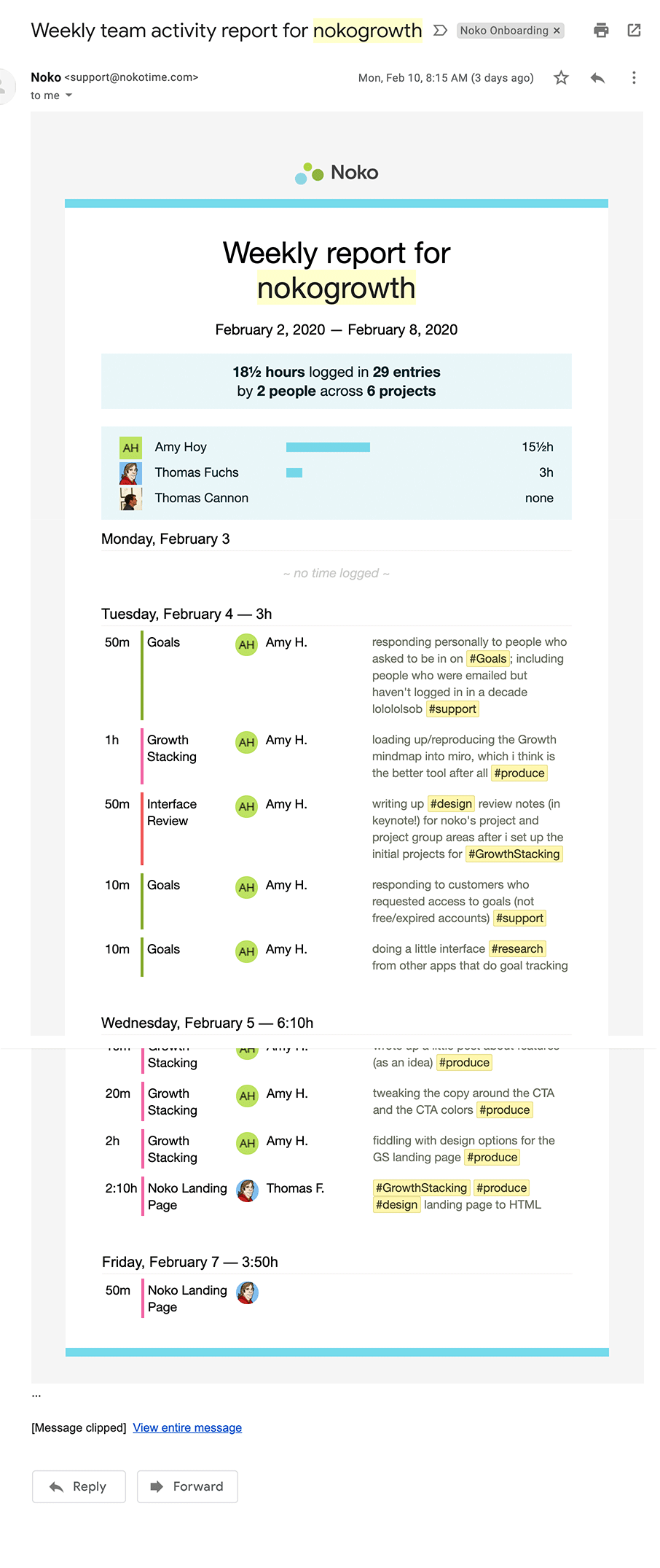Everything has happened.
If you aren’t already on the list, subscribe to #GrowthStacking.
Y’all, way too much fucking stuff has happened since I last wrote.
Until today, I was way too out-of-my-mind to consider recapping the situation, but here we go:
- we discovered a huge Noko customer account — $5,000 a month, more than 10% of our revenue — on the day they wanted to cancel
- our old house in PA, for sale since August, is under contract (yay!) but there has been tons of drama with negotiating and suddenly finding lead in our left-unused-for-months well (*internal screaming*) and having to make eight million calls to get more tests, quotes, etc. try to negotiate to calm down the buyers — all remotely, so effectively powerless — and naturally we found out about this the same day as the mega-customer writing in, of course, because why spread the misery out?
- …coronavirus…
- I was passively (but extremely stressfully) waiting for the approval and deliver of my immunoglobulin Rx, which I hadn’t had for weeks, and which I need to have an immune system to fight off, like, normal shit
- we had delayed the 30x500 launch for several reasons,
- and there’s a legal thing I’m working on that I can’t talk about yet, which is both expensive and stressful
During all this adventure, my husband — and Noko biz partner — has had a cold for three weeks and Alex, my Stacking the Bricks biz partner, was jetsetting around Asia while I sat around and metaphorically bit my fingernails to death.
Waiting for one Sword of Damocles to drop is bad enough… but I had a beowulf cluster of those menacing fuckers hovering over my head!
Like I said: Too fucking much! And I’m not even counting worrying about my friends.
So. Here’s the sitch.
The mega customer?
Welp, they canceled. I tried to persuade them to stay with a huge discount, but lo, they were not persuaded. This move wasn’t triggered by coronavirus or the economy; Cannon looked them up and there were actual news items about the state of their business (and it wasn’t good news). They, like so many others, got out over the edge of their skis and then had to massively cut back.
I started a growth project and suddenly find myself having dropped $5,528 the other way.
But, thanks to our sales efforts and the quality of our product, they have come back with a massively scaled down account. As in, 1.7% the price of their old account. Sob.
But to me, this is still a testament to the quality of our product and the user experience.
And we have now built an alert system to warn us when any given account gets too big.
I honestly had no idea we had any accounts more than about $1,500 a month — because those Cannon had talked to me about when he was doing the custom plans for them. And this mega-customer just kept growing with virtually zero touchpoints.
Now I’ve always harped on product businesses as being more stable than clients.
1,000 customers > 5 clients > 1 employer.
It’s still true.
Having a single customer be 10%+ of our revenue is exactly the thing I wanted to avoid. The pain of having to rejigger our consulting agreements over this is why.
Egg on my face. I should have seen this coming. It absolutely will not happen again.
Sidebar: When I tweeted about this awful experience, my friend Michele replied that she did a thread about auditing your customers a while ago… and I asked her to turn it into a blog post. Here it is.
Our house sale stuff is close to resolved (we hope).
After a frenzy of calls, communications, and research, we worked with our agents to flush the well for several days and now we’re waiting on a re-test, which we hope will go back to the normal levels we’ve had tested before. Supposedly our buyers are no longer panicking. We will probably have to cough up more money to install filters. At this point, we’ve already accepted an offer less than we paid; we just want it over and done with. Cutting out the expense of an additional mortgage will be a huge relief. I’m on-and-off anxious that the sale won’t go thru, because, hello, pandemic. But on the other hand, the buyers will need someplace to live assuming their house sale goes thru. And their buyers, likewise. So.
That’s the economy in a nutshell: we are all connected by webs of demand!
I got my IVIG.
Hooray! A relief. And then I experienced 2 days of increasing breathlessness, which only led me to think “I’m dying!!” every other hour or so. It was “just” a side effect, thankfully.
The pandemic doesn’t mean our businesses can’t recover and even grow.
It is a temporary thing that will pass (however painfully), not a fundamental unsoundness in the businesses affected — and all major governments are working on stimulus plans to put money in people’s pockets while they’re out of work, so the soil of the economic cycle (in-person service businesses) doesn’t shrink to nothing.
But it does mean we’ll have to make some changes.
We are talking internally about offering discounts to our most at-risk customers — and have already saved another (granted, smaller) account this way.
We are talking about features that will help folks in the great migration to remote work; help them to focus and communicate in these difficult times.
And what content will be most beneficial.
We’re thinking about how to tweak our sales messages.
None of these things are very different from what I’ve already planned — value is value — it’s more that the expectations are tempered.
The things we can do to create success in this kind of climate lead to even better success in a better economic climate.
We initially launched Noko in December 2008, so I know.
I’m going to focus on helping others, and helping myself.
When times are tough, it’s easy (and tempting) to become completely insular, worried about your own issues. And to be frank, I have a lot of issues; my overall shitty health puts me at special risk. On the flip side, it’s easy to obsess about everyone else’s problems, because so many have it worse, and it’s unjust, and maddening.
The balance is hard to strike, but I am going to try like hell to find it.
This past weekend, Thomas, Cannon (our employee), and I worked with an epidemiologist and a healthcare policy expert to create Social Distance Game.
I was talking with that policy expert and political influencer, my friend, about how we could help him in his advocacy; the simulator was the result. There’s absolutely no business use case. There’s no payback. It’s not about us at all. We worked our tails off in the hopes it would reach & persuade the right peope to take the right actions. We won’t ever fully know if it did. But it felt good to focus totally on helping for 3 days straight.
Now I am going to turn my focus back to helping my customers — which helps their business, and also my business, which in turn helps the economy — for a few days, and that is going to feel good too.
I don’t expect to work at my full capacity and have told the rest of the team that I don’t expect them, too, either; but maybe when you grind more slowly, you grind more finely.
Well, that’s the recap. I’m tired. I’m sure you’re tired too.
But, as they say, a change is (almost) as good as a rest.
Expect more detailed biz updates shortly.
If you aren’t already, subscribe to #GrowthStacking.
